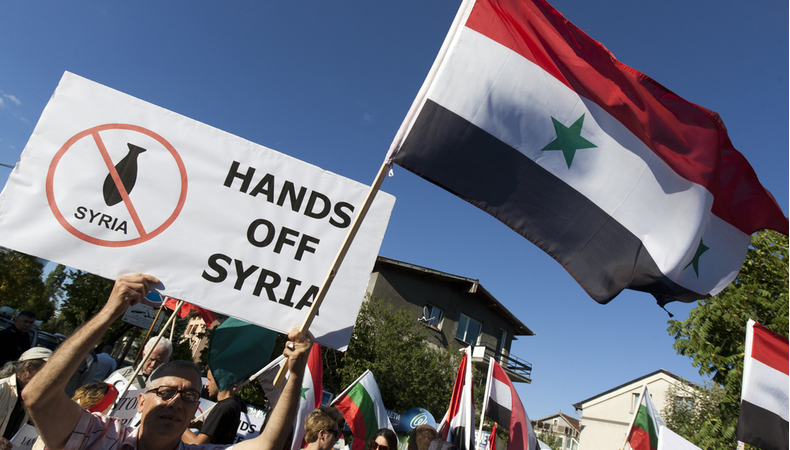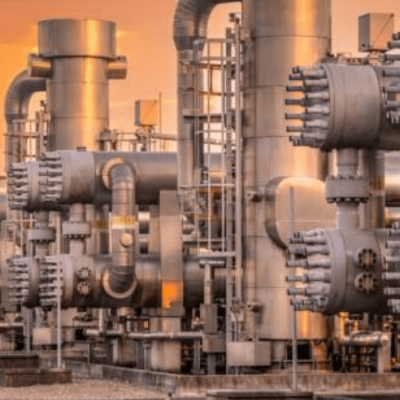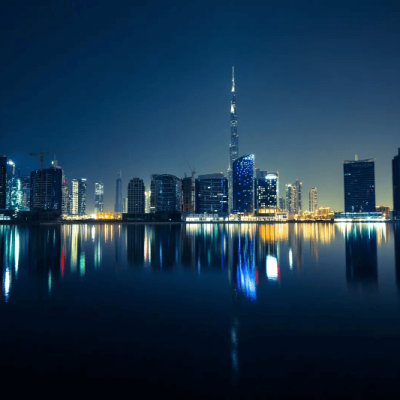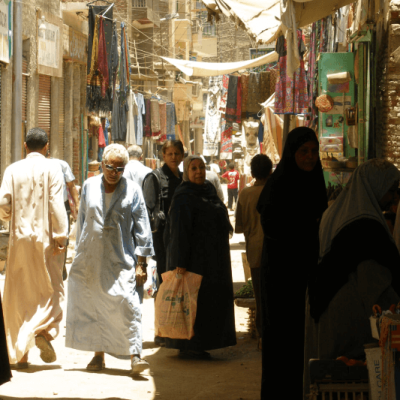Why the conflict in Syria is still far from a solution

The Syrian conflict seems far more complicated than other scenarios in the Middle East. That has been clear since the beginning of the uprising in Syria. After five days, the ongoing protests in Daraa were severely repressed by the police on March 23, 2011. Hospital sources reported the figure of 37 deaths, while for the organizers of the demonstrations the toll would have been more serious, with about 100 deaths.
On March 24, 2011, President Assad adviser Bhutayana Shaaban announced the start of a reform process, through the convening of a High Study Committee charged with preparing the repeal of the state of emergency in force continuously since 1963, and drafting a party’s law to overcome the monopoly of the Baath body. A 30% increase in the salaries of public employees was also announced, together with the introduction of anti-corruption measures.
However, on 25 and 26 March, new demonstrations were promoted by the opposition in Daraa and Latakia, the city of origin of the Assad family, accompanied by renewed clashes. The regime simultaneously announced the release of political prisoners held in Syrian prisons. On March 27, Councillor Bhutayana Shaaban announced the decision to lift the state of emergency, to be replaced with new anti-terrorism legislation, as well as the forthcoming constitution of a new government structure.
In the days following, the Syrian one emerged in the round as a situation of substantial political instability in the context of the Arab countries in turmoil. An initial assessment of the facts indicated in the protests that also broke out in Syria a combination of the demands for greater civil and political liberties made by the regime’s dissident historians. Whose influence was limited to urban areas, and the dissatisfaction of some tribal clans such as that of the Abizaid very influential in rural areas, dissatisfaction linked to local political factors and alleged episodes of corruption.
These factors were part of the delicate Syrian balance that saw the control of the government – albeit on a secular basis and through the pan-Arab nationalist ideology of the Baath – by the Assad family, belonging to the Shiite-derived sect of the Alawites, in a majority country. Sunni. In the particular authoritarian system of government that characterizes the Syrian regime, the substance of power is concentrated in the small Alawite circle that occupies the heads of the services of security and the military elite. Therefore, the resignation of a government is not such as to endanger the survival of the regime, which has its strongholds elsewhere. That has been often confirmed by Assad’s speech, which seemed to address, much more than the population, the restricted circle of the regime’s security forces.
Assad often promised realize reformist promises made in 2000, which however would not have been implemented due to the regional situation of great instability and, most recently, due to the four years of drought in which the country has struggled. What the president strongly reiterated was the need to preserve the stability of the country, and for this purpose, he did not fail to openly threaten the opposition.
In addition to internal factors, therefore, the interference of various foreign actors, including Russia, Turkey, Iran, and Israel, in addition to the sanctions imposed by Europe and the United States, is further complicating the situation in Syria. They are condemning millions of Syrians to starvation, already exhausted by years of conflict. While Bashar al-Assad’s government has been able to resettle in much of Syria’s territory, it is increasingly finding it difficult to provide essential services, which feeds popular discontent and the risk of renewed insurrections. Finally, extremist groups, including Daesh and Al Qaeda, with the support of Ankara, remain active in north-eastern Syria, further destabilizing the country and the entire region.




